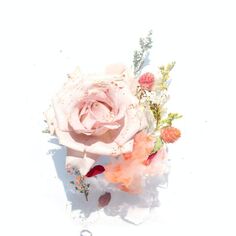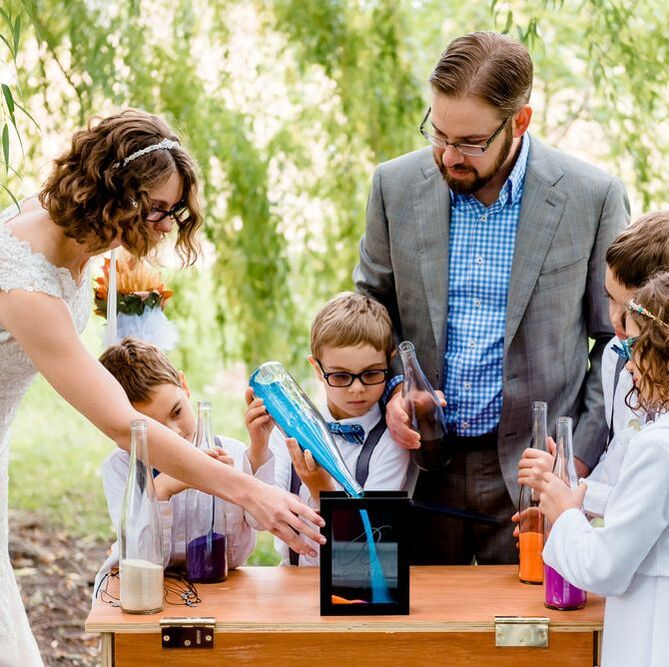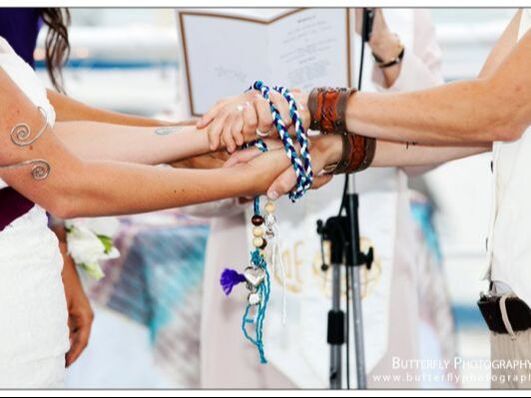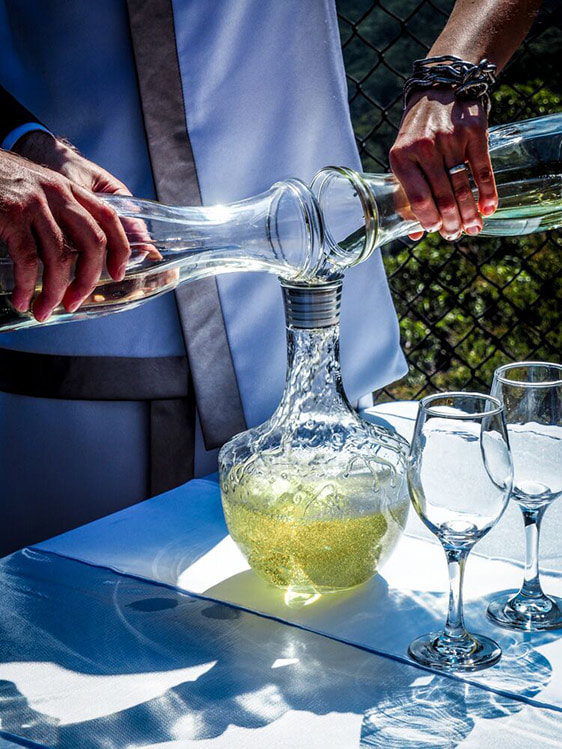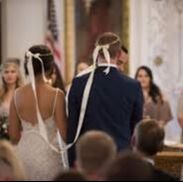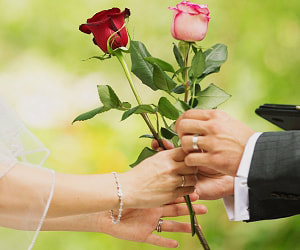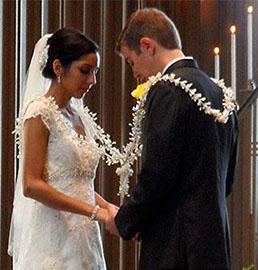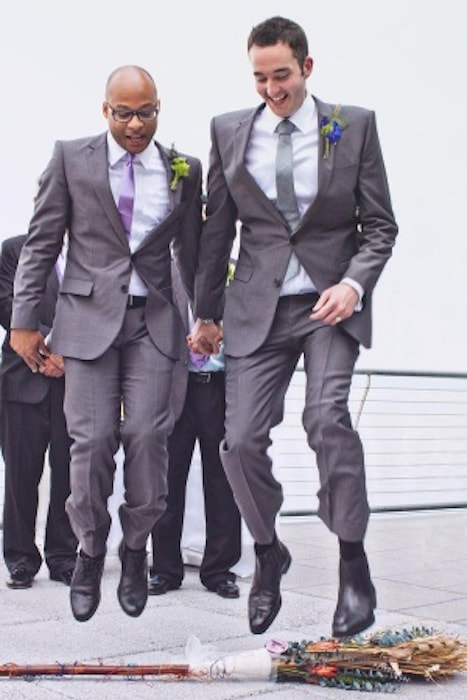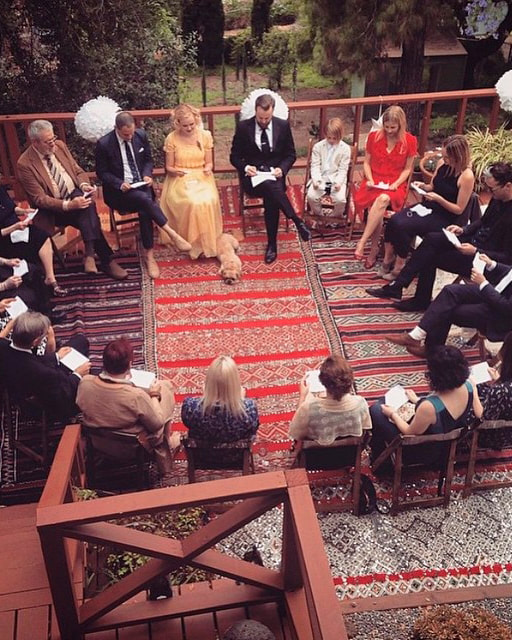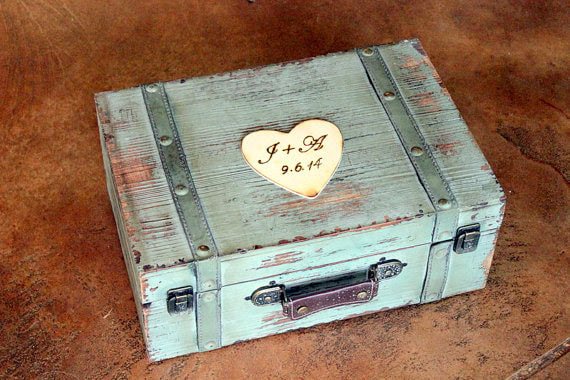Unity Ceremonies
Some of the following rituals and practices are rooted in faith or tradition. Others are modern alternatives. While all represent the joining of two people -- and the joining of two families and communities -- some may resonate more than others. These practices can tie your wedding back to marriages that took place hundreds of years ago, or inspire generations of lovers to come. You can adapt and of these Unity Ceremony so that children, in-laws, and grandparents can participate. (The materials needed for the ceremony will be the responsibility of the couple.)
